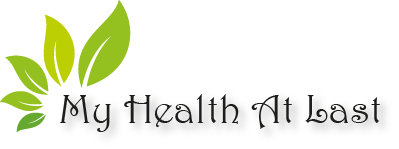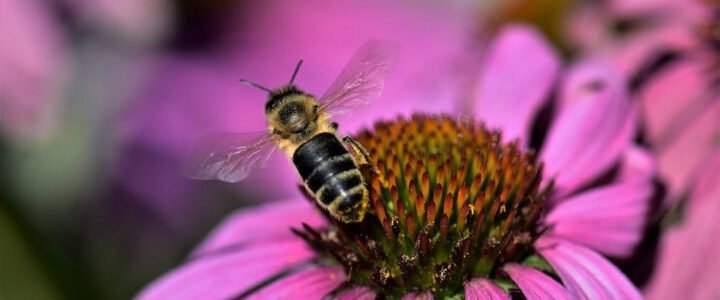Echinacea is a native North American coneflower that was discovered and used as a traditional herbal remedy for more than 400 years by the Great Plains Indian tribes.
It is a native of North America and can be found in wild prairies and open woodlands.
The 18th century German botanist, Conrad Moench, named the genus Echinacea, which comes from the Greek echinos, meaning hedgehog, referring to the spiny, round seedhead which reminded him of a hedgehog or sea urchin. The species name, augustifolia, means “narrow-leaved”.
In some older literature, the names of Rudbeckia and Brauneria were used for this genus instead of Echinacea.
Other common names are Red Sunflower, Snakeroot, Indian Head and Purple Coneflower.
There are nine species, three of which, E. purpurea, E. pallida, and E. agustofolia, have medicinal properties in the flowers, leaves and roots.
Early settlers soon adopted the plant’s medicinal value from Native Americans as a remedy for colds and influenza, and took it to Europe in the 17th century.
Folklore states that carrying Echinacea will provide inner strength during trying times.
It can also be grown around the house or brought into a house and placed in a vase to draw prosperity into the home and protect the family from suffering from poverty.
Pagans believe Echinacea to be an appropriate
flower for offerings, especially to place spirits and river God(dess)es.
In witchcraft it is believed that including Echinacea in any spell or charm will increase its effectiveness.
Prior to 1950 and the introduction of antibiotics, echinacea held an esteemed medicinal status.
As the health care industry shifted, antibiotics became the rage, and the now famed herb lost much of its esteem.

Echinacea is a wonderful all-around healing tonic and it has been used as a cure many things.
It increases your T-cell count and stimulates your immune system.
Most people don’t realize that the chemicals contained in the root differ significantly from those in the upper part of the plant.
If we analyze the roots, we can see that they have high concentrations of volatile oils, while the parts that grow above the soil tend to contain more polysaccharides that are known to trigger immune function. Echinacea extract is essentially a tincture from this upper part of the plant.
In Germany, dietary herbs are regulated by the government, and above ground parts of the Echinacea purpurea species are actually approved as natural remedies for urinary tract infections, upper respiratory tract infections, colds and slow-healing wounds.
Published in the journal Lancet Infectious Diseases, the University of Connecticut performed a meta-analysis study that evaluated 14 studies and determined that:
Echinacea cuts the chances of catching a common cold by 58 percent.
Echinacea reduces the duration of the common cold by almost one-and-a-half days.
Echinacea purpurea was used by the Great Plains Indians as a painkiller. It’s an especially effective natural pain reliever for the following types: Pain in the bowels, headaches, pain associated with HSV (herpes), pain associated with gonorrhea, pain associated with measles, Snake bites, Gum disease, Sore throats, Stomach ache, Tonsillitis and Toothache.
The most common ways to use echinacea to combat pain is to drink the herbal echinacea tea, or even make a paste out of the dried herb and rub it directly on the area that is affected.
Due to its immune-boosting and anti-inflammatory effects, echinacea can be also used to relieve upper respiratory symptoms of Acute sinusitis, All flu’s, Asthma, Common cold, Croup, Diphtheria,Inflammation, Strep throat, Whooping cough and even Tuberculosis.
It also appears to seek out and destroy mutant precancerous cells but more research is needed still to confirm this.
Echinacea can be bought at health food stores, online or you can grow your own which will attract butterflies to look at while you enjoy a pleasant cup of it’s healing benefits.
Ele Naturale


